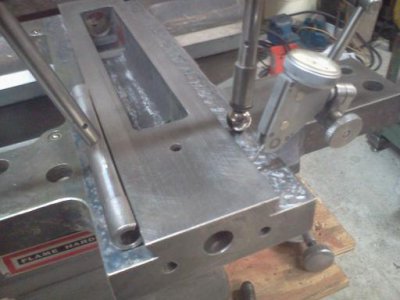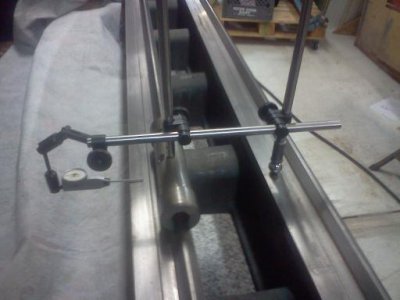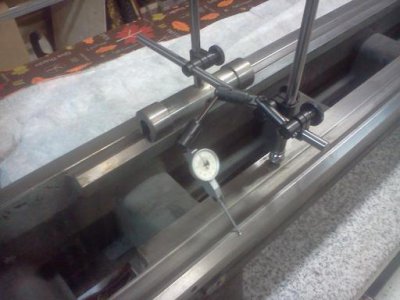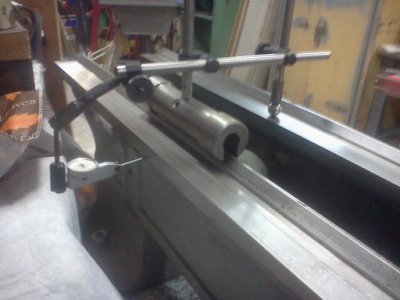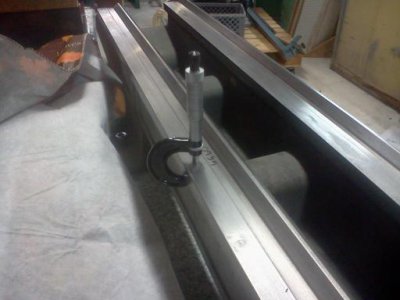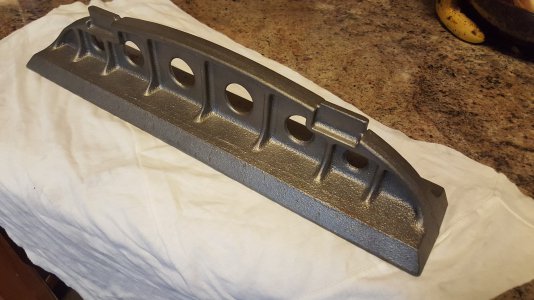- Joined
- Mar 3, 2014
- Messages
- 634
I machined and scraped a 60 deg. straight edge from a 26" long piece of Durabar. It started out as the oversized 1' x 2" and I hollowed it out to reduce weight.
If the ends are put on parallels it sags three tents in the middle . A camel back wasn't a reasonable option for me either but it would be a much better tool.
If the ends are put on parallels it sags three tents in the middle . A camel back wasn't a reasonable option for me either but it would be a much better tool.


